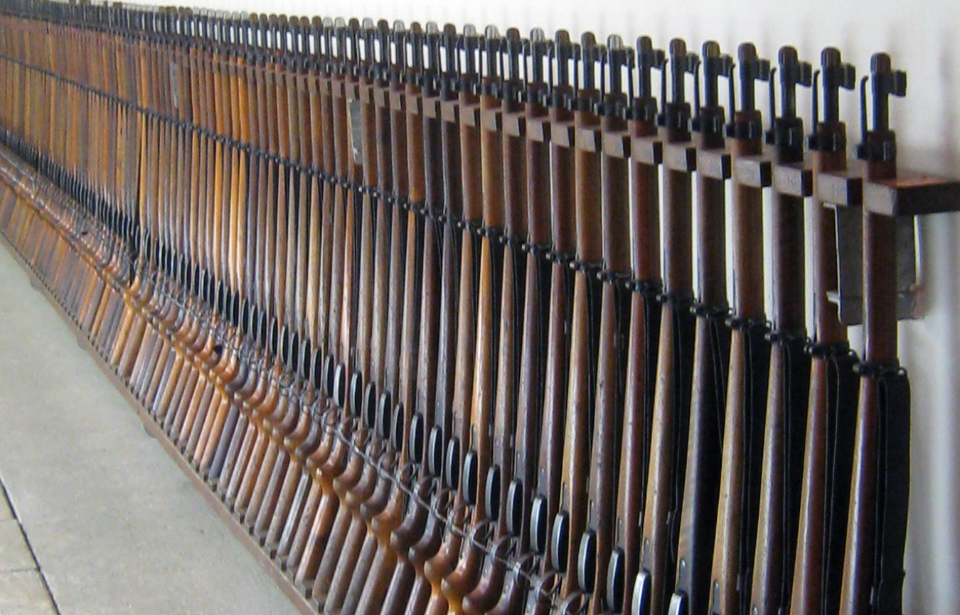The Swiss K31 rifle, formally known as the Schmidt-Rubin Karabiner Modell 1931, served as the primary firearm for the Swiss Armed Forces for several decades. Considered as one of the finest rifles of its era, it earned acclaim for its exceptional precision, top-notch quality and unwavering reliability.
While decommissioned in the 1950s, the K31 has evolved into a coveted addition to numerous rifle collections. Those fortunate enough may discover its unique feature, adding to its allure.
Technical specifications of the K31

The K31 is a bolt-action rifle featuring a straight-pull mechanism and a magazine-fed design. To unlock the action and eject the spent cartridge case, the operator pulls the bolt handle directly back in one smooth, swift motion. Inserting a new cartridge involves pushing the handle forward, where the karabiner automatically cocks the striker and locks the action, eliminating the need for manual turning and pulling.
Chambered for 7.5 x 55 mm Swiss GP 11 rounds, the K31 secures its magazine with a spring latch attached to the trigger guard. The magazine, easily detachable, extends about an inch below the rifle, but its rounded shape prevents snagging or discomfort.
One notable drawback of the K31 is the awkwardness of the safety engagement and disengagement, particularly for right-handed users, who constitute the majority. The safety ring, designed to accommodate a gloved hand, demands 16 pounds of effort to draw and must be turned 45 degrees to the right to apply. This process necessitates the user to reach over for manipulation.
A necessary upgrade from its predecessor
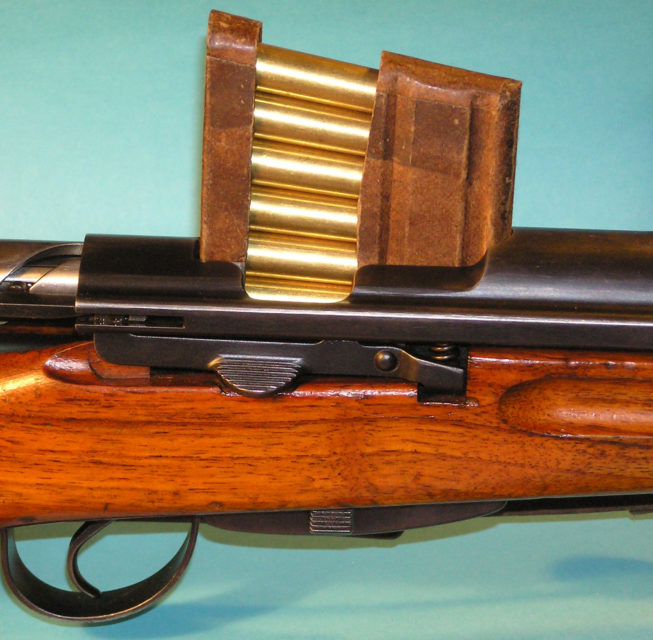
Before the K31 rifle, the Swiss Armed Forces had multiple variations of straight-pull, bolt-action rifles, including the Model 1911. Over time, it was discovered these firearms were too long and heavy to be effective for real-time use. As a result, the Swiss military issued a rifle redesign in 1932.
The redesign featured a shorter receiver, which allowed for the rear sight to be placed closer to the user’s eye. It also cut in half the amount of time it took for the firing pin to hit the cartridge upon the trigger being pulled.
This new firearm was officially adopted in 1933 and became the country’s standard-issue rifle for 25 years. Over 528,000 were issued to Swiss soldiers, who praised it for its accuracy. Despite the K31’s quality, however, it never saw use on the battlefield at any point during its production.
The K31 was at the ready during WWII
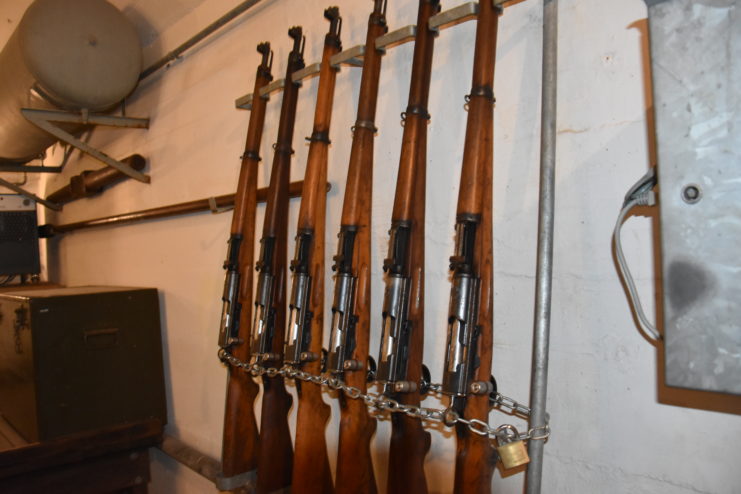
Switzerland is well-known for keeping neutrality in times of conflict and has maintained peace with its neighbors for decades. However, during the height of the Second World War, the country was effectively surrounded. Like a sitting duck, Switzerland was essentially fenced off by German-occupied Europe and Fascist Italy.
While the Allied powers eventually defeated the enemy and the war came to a close, Switzerland needed to be prepared for anything, should its neutrality be compromised. As a result, officials equipped the country’s citizenry with one of the best battle rifles of the time: the K31.
The Swiss-manufactured rifle sports a unique feature
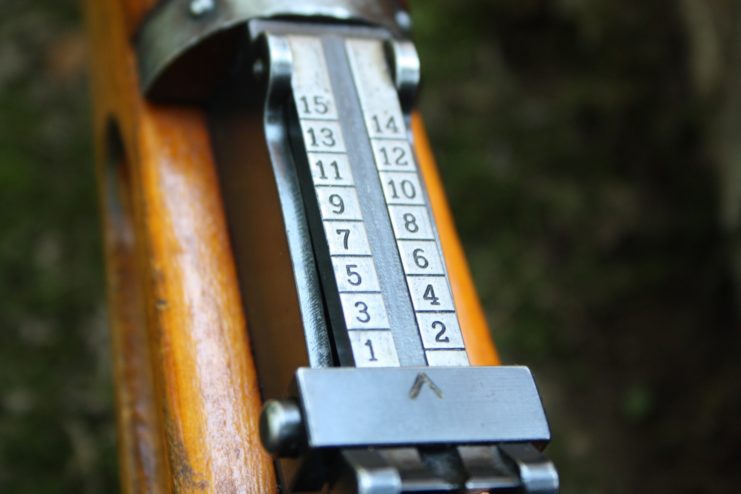
One of the most unique features of the K31 is of a more personal quality. As Switzerland mandates military service for young men, and so many of the rifles were issued, each features a note stating when it was first issued and to whom.
On the day a K31 was issued, the soldier’s name, his place of birth and the location where the rifle was issued were recorded on a piece of paper and placed under the buttstock cap. Today, one can still find the names of the soldiers the rifles once belonged to if they remove this steel cap.
Additionally, once their year of mandatory service was complete, soldiers had the option to purchase their K31s and bring them home. After only one year of use, many have remained in excellent shape over the decades.
The K31 is popular among collectors
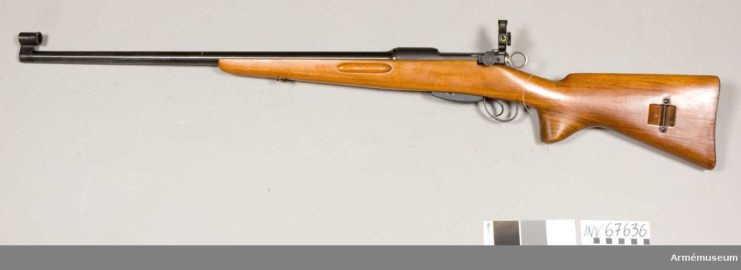
After 25 years of production, the K31 was finally replaced, when the Swiss government introduced the SIG SG 510 battle rifle. Since its replacement, the firearm has become popular with collectors. Its accuracy and precision make it a fun rifle to use at shooting ranges, and the majority of K31s have been kept in fantastic condition, making them an ideal addition to any collection.
More from us: The M134 Minigun Was Designed for Helicopter Crews in the Vietnam War
With hundreds of thousands of these rifles produced, many have crossed the Atlantic to join the American rifle market at a relatively reasonable price. As well, K31s that still have the papers within their buttstocks are considered incredibly valuable, making collecting the rifle all the more enjoyable.
